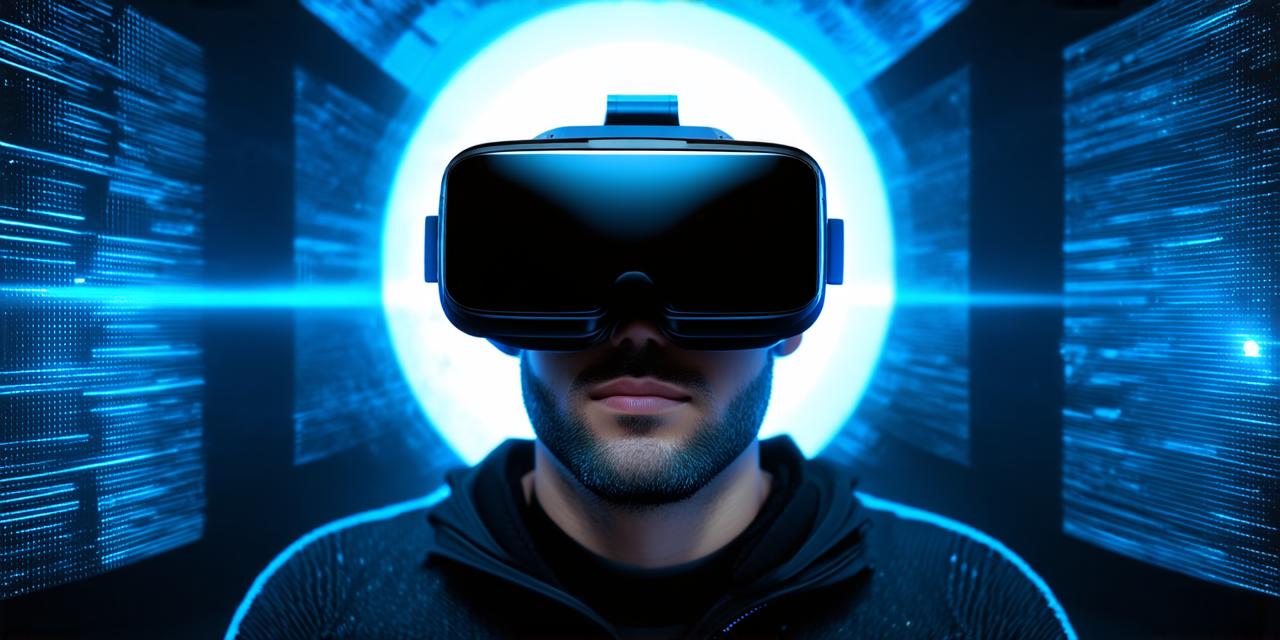Virtual reality (VR) is a burgeoning technology that promises to revolutionize the way we interact with digital content and each other. With the advent of VR headsets, controllers, and sensors, developers are now able to create immersive experiences that were previously impossible to achieve.

What is Virtual Reality?
Virtual reality refers to a computer-generated simulation of a three-dimensional environment that can be interacted with using specialized devices such as headsets, controllers, and sensors. VR technology allows users to experience the world in a new way by placing them inside a digital environment that simulates real-world surroundings.
The Promising Future of Virtual Reality
Virtual reality is poised to change the world in many ways, but what makes it so promising? Here are some key reasons why VR technology is set to have a bright future:
-
Immersive Experiences
-
Interactive Learning
-
Enhanced Training and Simulation
-
Social Interaction
-
Accessibility
-
Cost Effective
The Future of Virtual Reality: What Makes it Promising?
Virtual reality technology is poised to change the world in many ways, from gaming to education, healthcare to social interaction. With its ability to provide immersive experiences, facilitate interactive learning, enhance training and simulation, foster social interaction, improve accessibility, and be cost-effective, virtual reality is set to have a bright future.
As VR technology continues to evolve, we can expect to see even more exciting applications emerge. From virtual travel to remote work, the possibilities are endless. As developers, it’s up to us to harness the power of virtual reality and create experiences that will shape our future.
